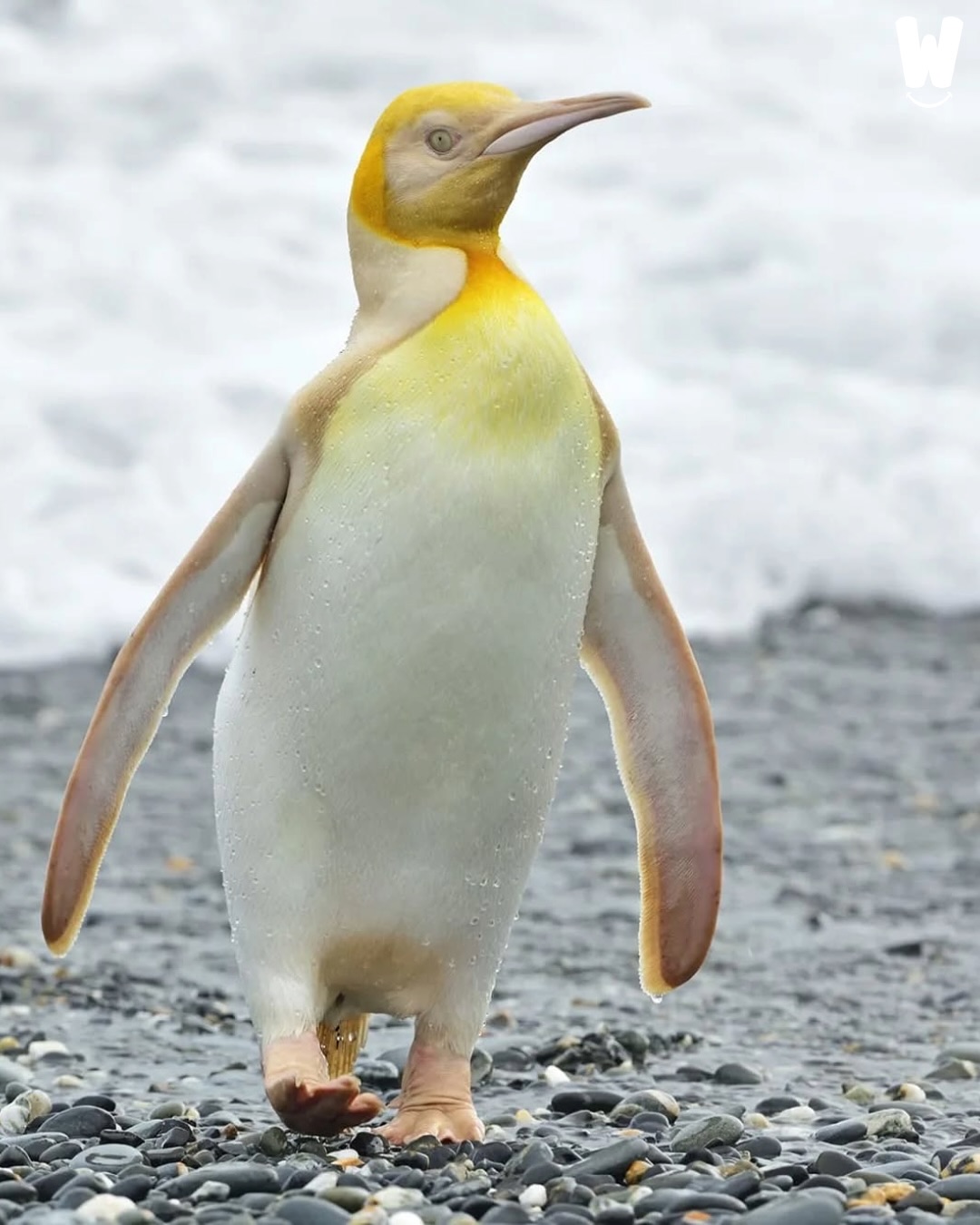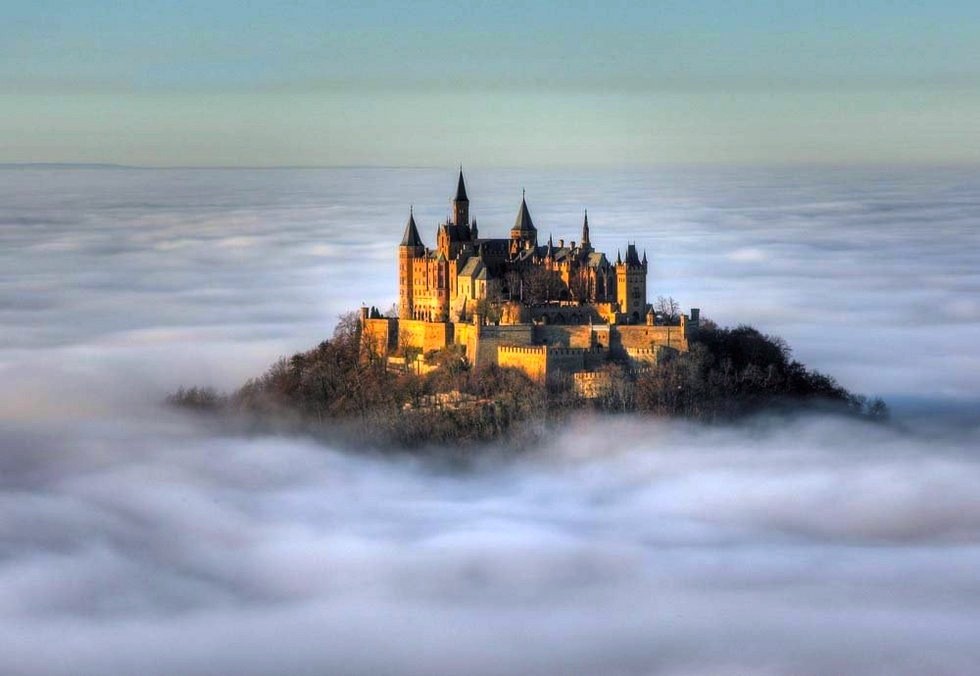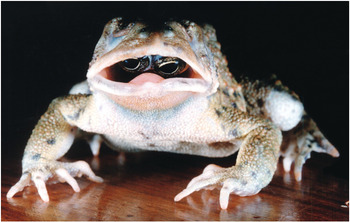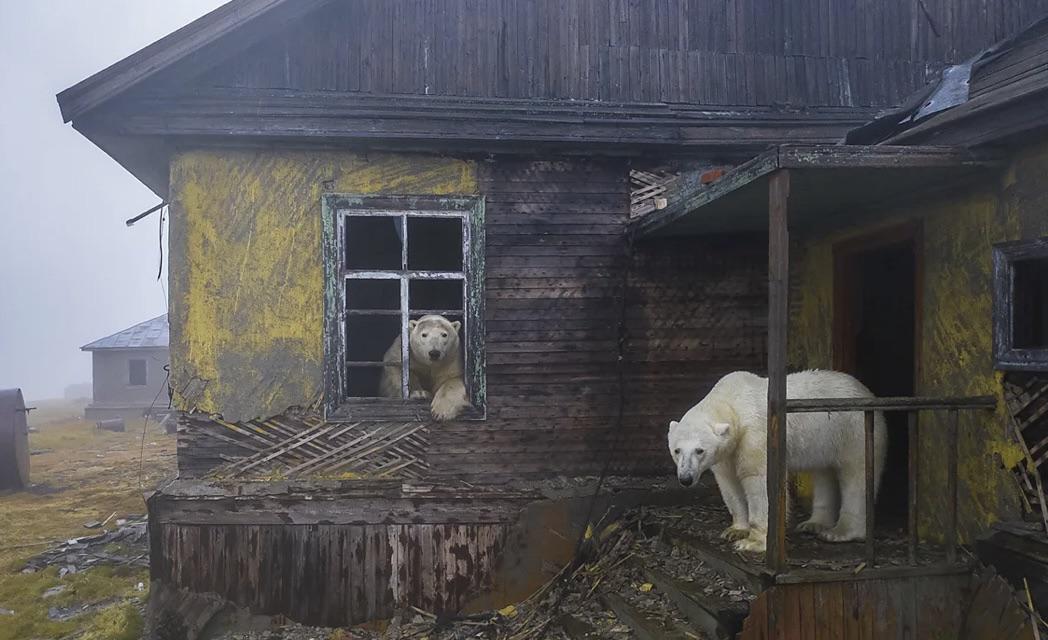In the vast, frigid landscapes of the Southern Hemisphere, where countless penguins navigate the harsh Antarctic and sub-Antarctic environments, a single moment of extraordinary beauty has captured the world’s imagination. A wildlife photographer has achieved the near-impossible: documenting a Golden Penguin, an exceptionally rare genetic variation that occurs with such infrequency that many ornithologists consider it more of a mythical creature than a biological reality.
Unlike the traditional black and white plumage of most penguin species, the Golden Penguin represents an extraordinary genetic mutation that transforms the bird’s entire appearance. Instead of the classic tuxedo-like coloration, this penguin is adorned in a stunning golden-hued plumage that seems almost too magnificent to be real. The mutation affects the melanin production in the penguin’s feathers, creating a coloration that is both incredibly rare and visually spectacular.
Genetic variations like the Golden Penguin are exceptionally uncommon in nature. Similar to albinism or other rare color morphs, this golden coloration is likely the result of a recessive gene that occasionally manifests in penguin populations. Scientists estimate that the probability of such a mutation occurring is astronomically low – potentially as rare as one in several hundred thousand individuals.
The golden coloration is not merely a surface-level change but represents a complex genetic modification. It affects the bird’s entire pigmentation system, potentially impacting not just its external appearance but also its physiological characteristics. Such mutations can sometimes create additional challenges for survival, making the Golden Penguin’s existence even more remarkable.
Penguins are masters of adaptation, having evolved to survive in some of the planet’s most challenging environments. The Golden Penguin, despite its unique coloration, must navigate the same harsh realities as its traditionally colored counterparts. In the unforgiving Antarctic landscape, where temperatures can plummet to -60°C and winds can reach hurricane speeds, survival is a constant challenge.
The golden plumage might actually provide interesting biological advantages or challenges. While it might seem like a disadvantage in terms of camouflage, potentially making the penguin more visible to predators, it could also serve unique thermal or social signaling purposes that scientists are yet to fully understand.
Capturing such a rare specimen requires not just extraordinary photographic skill but also immense patience and a profound understanding of wildlife behavior. The photographer who documented this Golden Penguin likely spent countless hours in extreme conditions, waiting for a moment that most wildlife experts would consider virtually impossible.
Modern wildlife photography is as much about scientific documentation as it is about artistic expression. Each photograph like this contributes valuable data to our understanding of genetic variations, population dynamics, and the incredible diversity of life on our planet.
The discovery and documentation of a Golden Penguin highlight the importance of biodiversity and genetic variation. Each unique genetic expression represents a potential key to understanding evolutionary processes, adaptation mechanisms, and the complex genetic landscapes of animal populations.
For conservation biologists, such rare specimens are invaluable. They provide insights into genetic diversity, potential adaptive strategies, and the complex mechanisms that drive evolutionary change. The Golden Penguin is not just a beautiful anomaly but a living testament to the incredible complexity of natural systems.
In a world increasingly dominated by human activity, the Golden Penguin serves as a powerful reminder of nature’s capacity to surprise, inspire, and challenge our understanding. It represents those extraordinary moments that remind us how little we truly know about the natural world and how much wonder still exists in the most remote corners of our planet.
This single golden-feathered creature stands as a symbol of hope, mystery, and the endless capacity for variation and beauty in the natural world. It invites us to look closer, to wonder, and to appreciate the incredible complexity of life that surrounds us.







